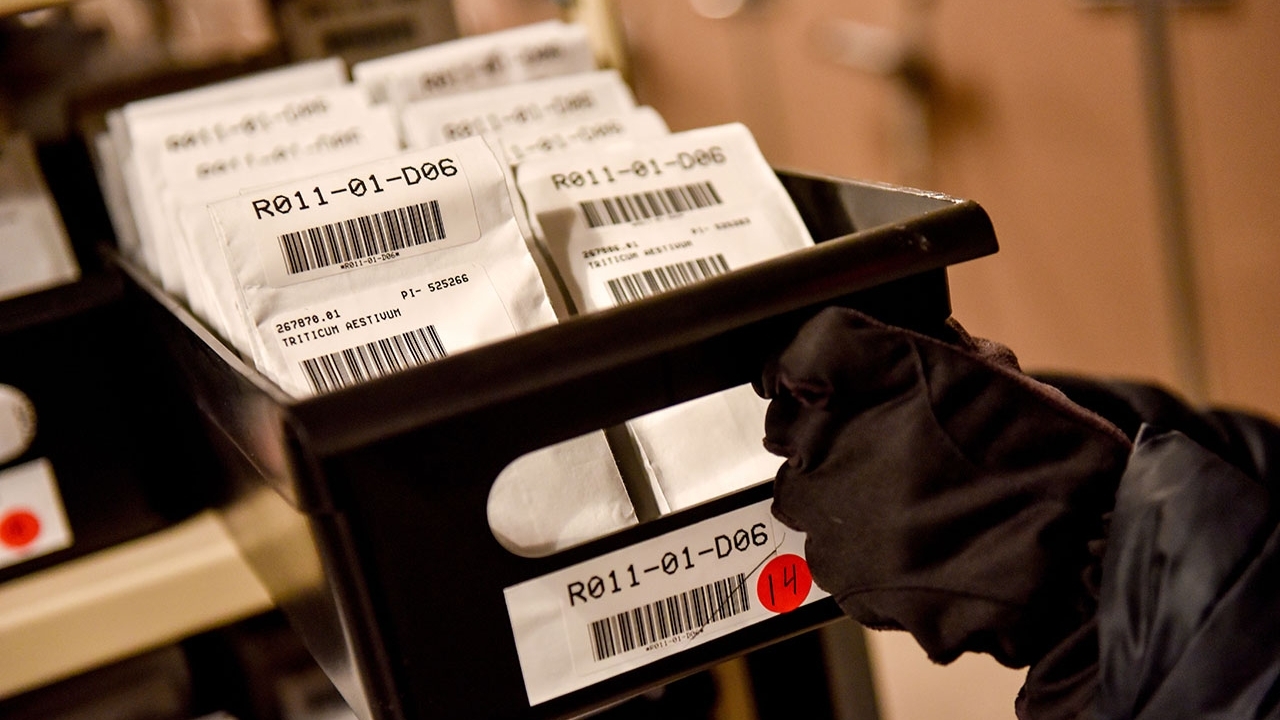How To Sell Plants and Seeds Online

Are you a person or business that sells plants or seeds from other countries through an e-commerce site? You are an exporter.
If you are exporting plants and seeds to the United States from another country, this information is for you.
Exporter (Seller) Responsibilities
Did you know there are unique responsibilities of both exporters and importers, and you need to work together to complete the transaction? There are seven steps total, and they may take 2 months or longer to complete. Make sure you plan accordingly.
Exporter Checklist
Before shipping plants and seeds into the United States from another country, you (the exporter/seller) must:
- Obtain an original phytosanitary certificate from the country of origin. Include the original certificate in your package and keep a copy for your records. (See Exporter Documents Explained below for more details.)
- Note: There may be a time limit restriction between date of inspection or date of certificate issuance and shipping date. If a time limit is not specified by a country, the policy on time limits for inspections is not more than 15 days before export.
- Obtain the approved packing materials (See the list of approved packing material in the Agricultural Commodity Import Requirements portal–this includes seeds as well.)
The remaining steps are a dual effort with you and your buyer (importer). You must:
- Receive the shipping label and invoice from the buyer/importer. Label and invoice the plants and seeds according to all applicable requirements. (See Exporter Documents Explained below.)
- There is a chance that your desired plant or seed is not allowed in the United States or has special requirements. The importer will file for a permit to find out. If the plant or seed requires a permit, the importer will send it to you to include in your package. If the plant or seed is exempt from a permit, the importer will send you that confirmation to include in your package.
- When the plant or seed permit or permit exemption arrives, ensure the plants or seeds are free from soil before packaging.
- Receive a copy of the permit from the buyer/importer. Include the copy in the package.
- The importer needs to send you a copy of an import permit from APHIS—which can take up to 2 months to be issued.
- Package and ship the plants or seeds.
- Make the commodity available for inspection, sampling, and testing in the United States. Shipments cannot be inspected on board aircraft or ships. Additionally, commodities that are loaded into maritime containers in bulk form cannot be inspected once the container has been loaded. It is your responsibility to ensure that importers make arrangements to have the consignment sampled and/or inspected prior to loading containers.
Important Notes
Exporters are responsible for ensuring that official documents (other than phytosanitary certificates) are translated into English; APHIS does not provide translation services. Bilingual information is acceptable as long as one of the languages is English. Phytosanitary certificates can be in any one of the official languages of the Food and Agriculture Organization of the United Nations, as long as the scientific names for the plants or seeds are in English. FAO languages include Arabic, English, Spanish, French, Russian, Chinese, and some Italian.
If you are a U.S. seller exporting plants and seeds to other countries, you may need to comply with their special requirements, just the same—such as a certification of commodities. Visit Plant and Plant Product Exports to learn more.
Exporter Documents Explained
Phytosanitary Certificate
A phytosanitary certificate is issued by the National Plant Protection Organization (NPPO) of the country of origin. It attests that the NPPO has inspected the plants or seeds and found them free of pests and pathogens.
All plants imported into the United States must be accompanied by a phytosanitary certificate, unless specifically exempted by a special permit for plants or for seeds.
The following are excepted from the phytosanitary certificate requirement:
- Canadian-origin plants and seeds that ship from Canada through the U.S.-Canada Greenhouse Certification Program
- Small quantities of seed that meet the requirements and are accompanied by a PPQ 587 permit for small lots of seed
Visit special requirements for plants and special requirements for seeds for more information.
Invoice or Packing List
All plants shipped into the United States must be accompanied by an invoice or packing list that includes the scientific names of the plants and their quantities.
Important: Although it is the buyer's responsibility to ensure the seller includes the scientific name and quantity of plants on the invoice, it is YOUR responsibility as the seller to confirm this information.
Plants for planting offered for import by mail (U.S. Postal Service or courier, such as DHL, FedEx, UPS, and similar services) must be:
- Accompanied by invoice or packing list with identity (scientific names) and quantity of plants
- Correctly and plainly addressed and mailed to a Plant Protection and Quarantine Plant Inspection Station at one of the approved ports of entry listed on your import permit.
- Accompanied by a separate sheet of paper within the package, plainly and correctly bearing the name, address, and telephone number of the intended recipient
- Marked plainly and correctly on the outer container, including the following information:
- General nature and quantity of the contents
- Country and locality where grown
- Name and address of shipper, owner, or person shipping or forwarding the plants for planting
- Number of the written permit authorizing the importation, if one (written permit) is required

